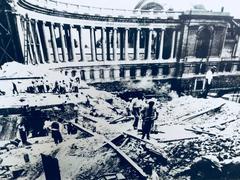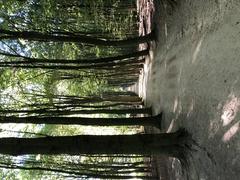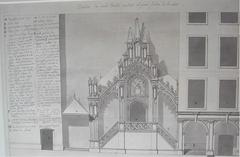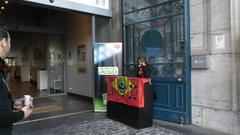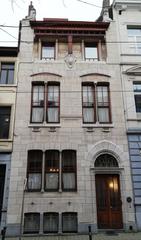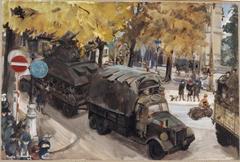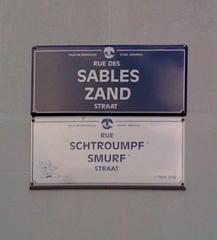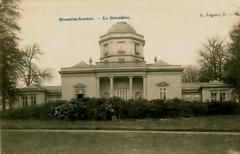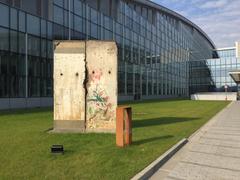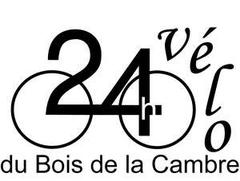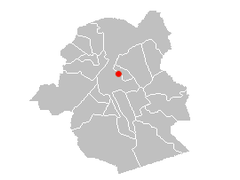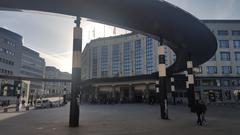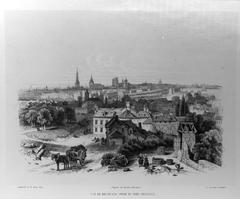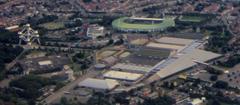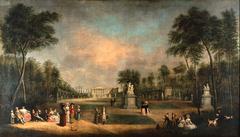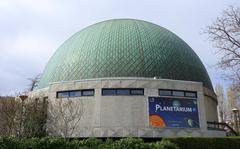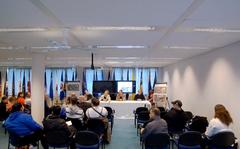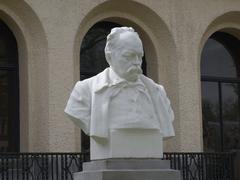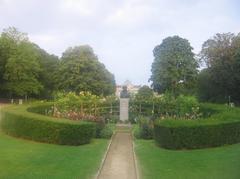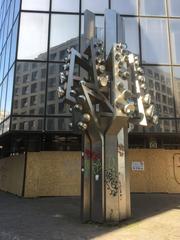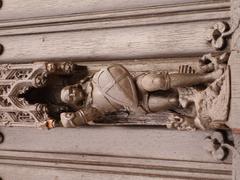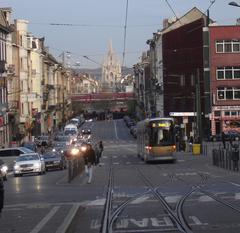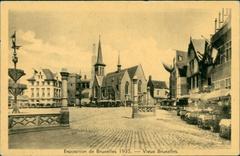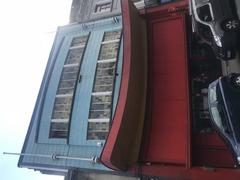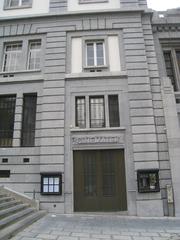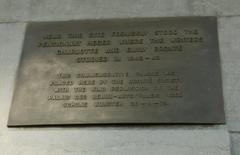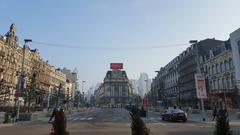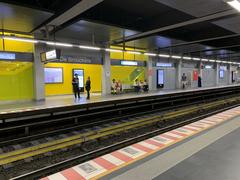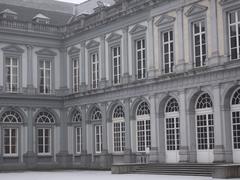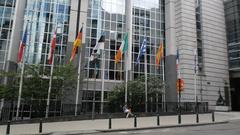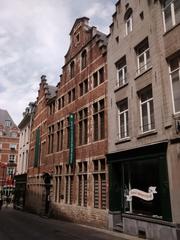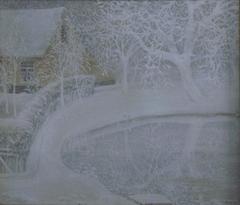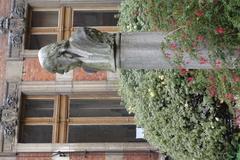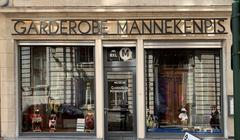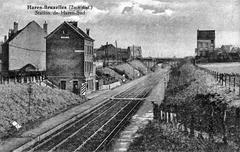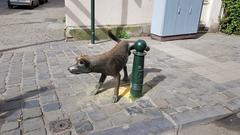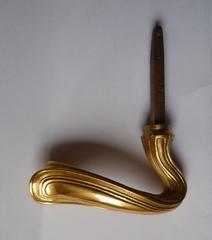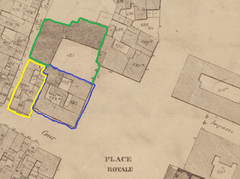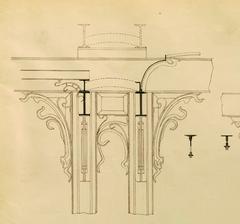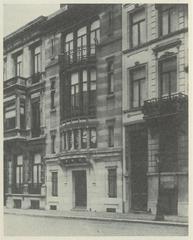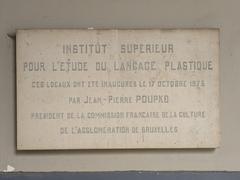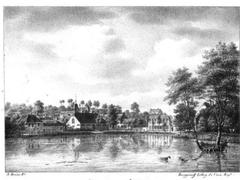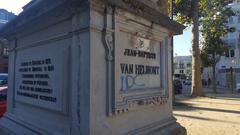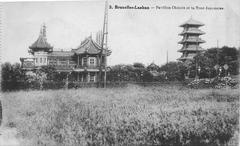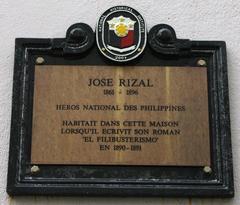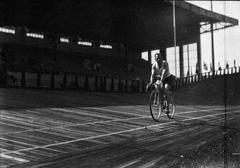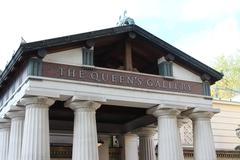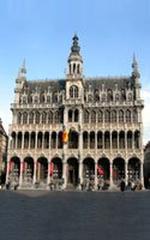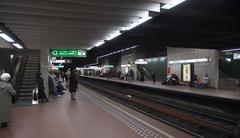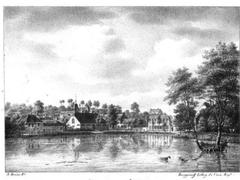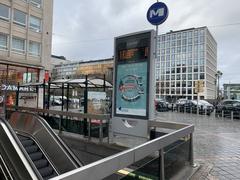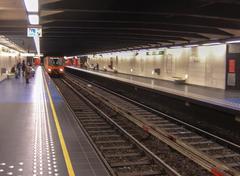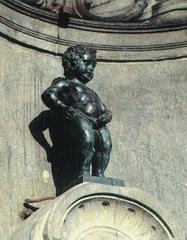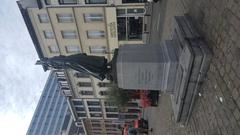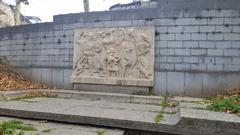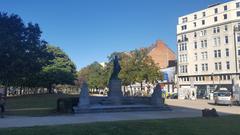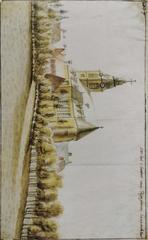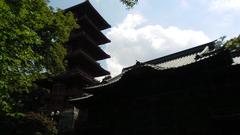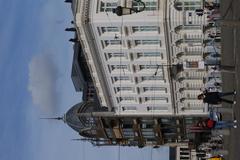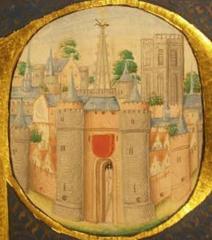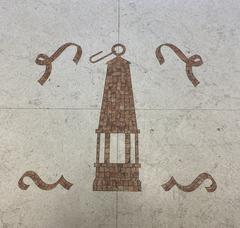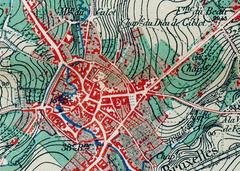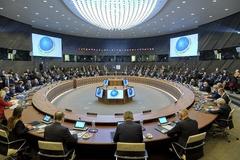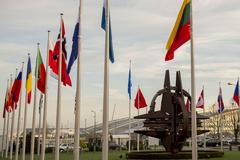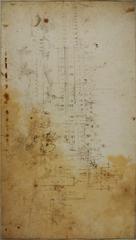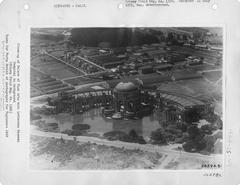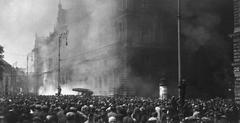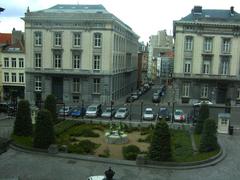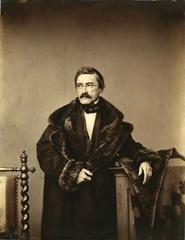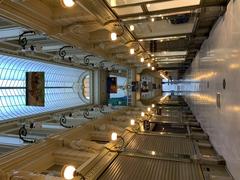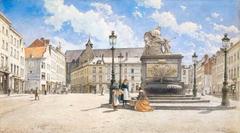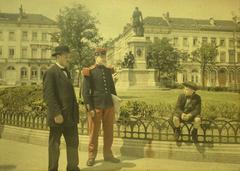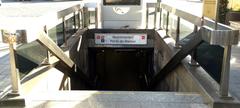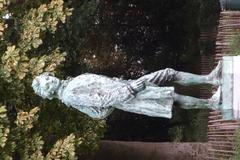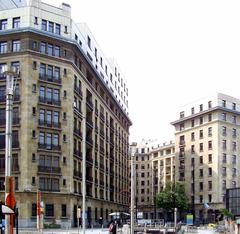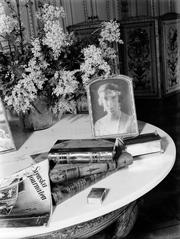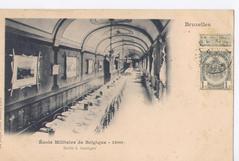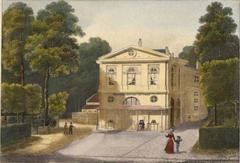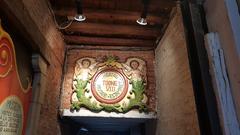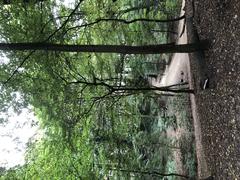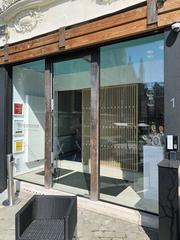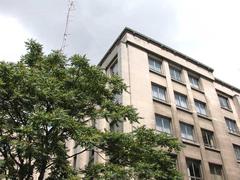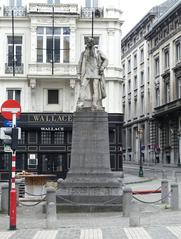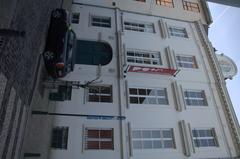
Visiting Hours and Tickets for Tunnel Cinquantennaire - Eeuwfeesttunnel in Brussels
Date: 19/07/2024
Introduction
The Tunnel Cinquantennaire - Eeuwfeesttunnel, located in Brussels, Belgium, is an architectural marvel and a significant piece of the city’s infrastructure. Opened in 1958 to coincide with the Brussels World’s Fair (Expo 58), this tunnel has become a symbol of Brussels’ urban evolution and modernization. Spanning approximately 2.5 kilometers beneath the Parc du Cinquantenaire, it provides a vital route for vehicular traffic, alleviating congestion in the city center (Brussels Mobility). Not just a transportation hub, the Tunnel Cinquantennaire is also a historical artifact reflecting mid-20th-century engineering advancements and urban planning ambitions. Its construction was part of a broader vision to modernize Brussels, enhancing its status as a European capital. Over the decades, the tunnel has undergone several renovations to maintain its structural integrity and adapt to contemporary safety standards, underscoring its enduring importance to the city’s transportation network (Expo 58). Whether you’re a history enthusiast, an engineering aficionado, or a curious traveler, the Tunnel Cinquantennaire offers a unique glimpse into the past and present of Brussels.
Table of Contents
- Introduction
- Origins and Construction
- Architectural and Engineering Feats
- Historical Significance
- Renovations and Upgrades
- Cultural and Social Impact
- Future Prospects
- Visiting Information
- Special Events and Tours
- Conclusion
- FAQ
- References
Origins and Construction
The Tunnel Cinquantennaire - Eeuwfeesttunnel was constructed as part of a broader urban development plan aimed at improving traffic flow and connectivity within Brussels. The project was initiated in the 1950s, a period marked by rapid urbanization and increased automobile usage. The tunnel was officially opened to the public in 1958, coinciding with the Brussels World’s Fair, also known as Expo 58. This timing was strategic, as the fair attracted millions of visitors, necessitating efficient transportation solutions.
Architectural and Engineering Feats
The construction of the Tunnel Cinquantennaire - Eeuwfeesttunnel was a remarkable engineering feat for its time. The tunnel spans approximately 2.5 kilometers and was designed to alleviate traffic congestion in the city center by providing a direct route beneath the Parc du Cinquantenaire. The tunnel’s design incorporates multiple lanes to accommodate high volumes of traffic, and its construction involved advanced techniques in tunneling and civil engineering. The use of reinforced concrete and steel ensured the tunnel’s durability and safety, which have stood the test of time.
Historical Significance
The Tunnel Cinquantennaire - Eeuwfeesttunnel holds historical significance not only for its engineering achievements but also for its role in the urban development of Brussels. The tunnel was part of a larger vision to modernize the city’s infrastructure and enhance its status as a European capital. Its construction marked a shift towards more sophisticated urban planning and set a precedent for future infrastructure projects in the region. The tunnel also played a crucial role during the Expo 58, facilitating the movement of visitors and contributing to the success of the event.
Renovations and Upgrades
Over the decades, the Tunnel Cinquantennaire - Eeuwfeesttunnel has undergone several renovations and upgrades to maintain its structural integrity and adapt to changing traffic demands. Significant refurbishments were carried out in the 1990s to address wear and tear and improve safety features. These upgrades included the installation of modern lighting systems, ventilation improvements, and the reinforcement of tunnel walls. More recently, in the 2010s, the tunnel underwent further enhancements to comply with contemporary safety standards and accommodate increased traffic volumes. These continuous improvements underscore the tunnel’s enduring importance to Brussels’ transportation network.
Cultural and Social Impact
The Tunnel Cinquantennaire - Eeuwfeesttunnel is more than just a piece of infrastructure; it is a cultural landmark that reflects the evolution of Brussels over the past century. The tunnel’s construction and subsequent upgrades have mirrored the city’s growth and modernization. It has also played a role in shaping the daily lives of Brussels’ residents by providing a reliable and efficient transportation route. The tunnel’s presence has influenced urban development patterns, contributing to the expansion of residential and commercial areas in its vicinity.
Future Prospects
Looking ahead, the Tunnel Cinquantennaire - Eeuwfeesttunnel is poised to remain a vital component of Brussels’ transportation infrastructure. Plans are in place for further technological upgrades, including the integration of smart traffic management systems and enhanced safety features. These future developments aim to ensure that the tunnel continues to meet the needs of a growing and evolving city. The tunnel’s enduring legacy as a symbol of engineering excellence and urban progress will undoubtedly continue to be celebrated in the years to come.
Visiting Information
Visiting Hours
The Tunnel Cinquantennaire is primarily a transportation route and not a conventional tourist attraction with set visiting hours. However, you can view the tunnel and its entrances anytime as you explore the Parc du Cinquantenaire and surrounding areas.
Tickets
There are no tickets required to access or view the Tunnel Cinquantennaire. It’s a public infrastructure that can be freely explored.
Travel Tips
Given its central location, the tunnel is easily accessible by public transport, including buses and metro services. If you’re driving, there are several parking options nearby.
Nearby Attractions
While visiting the Tunnel Cinquantennaire, don’t miss nearby attractions like the Parc du Cinquantenaire, Royal Museum of the Armed Forces and Military History, and Autoworld Brussels.
Accessibility
The area around the tunnel is generally accessible for visitors with mobility challenges, although the tunnel itself is designed primarily for vehicular traffic.
Special Events and Tours
While the tunnel itself does not host regular tours or events, its historical significance makes it a point of interest during city tours and special events in Brussels. Keep an eye on local event listings and tourism websites for any guided tours or special events that might include a visit to the tunnel.
Conclusion
The Tunnel Cinquantennaire - Eeuwfeesttunnel is a testament to Brussels’ rich history and its forward-looking urban planning. From its strategic construction during Expo 58 to its ongoing upgrades, the tunnel remains a vital part of the city’s infrastructure. Whether you’re passing through as a commuter or exploring it as a visitor, the Tunnel Cinquantennaire offers a fascinating glimpse into the engineering marvels and urban development of Brussels.
FAQ
- What are the visiting hours for Tunnel Cinquantennaire? The tunnel is a public transportation route and does not have specific visiting hours.
- How much do tickets cost for Tunnel Cinquantennaire? There are no tickets required to access or view the tunnel.
- Is Tunnel Cinquantennaire accessible for people with disabilities? The surrounding area is generally accessible, but the tunnel itself is designed for vehicular traffic.
- What attractions are near Tunnel Cinquantennaire? Nearby attractions include the Parc du Cinquantenaire, Royal Museum of the Armed Forces and Military History, and Autoworld Brussels.
